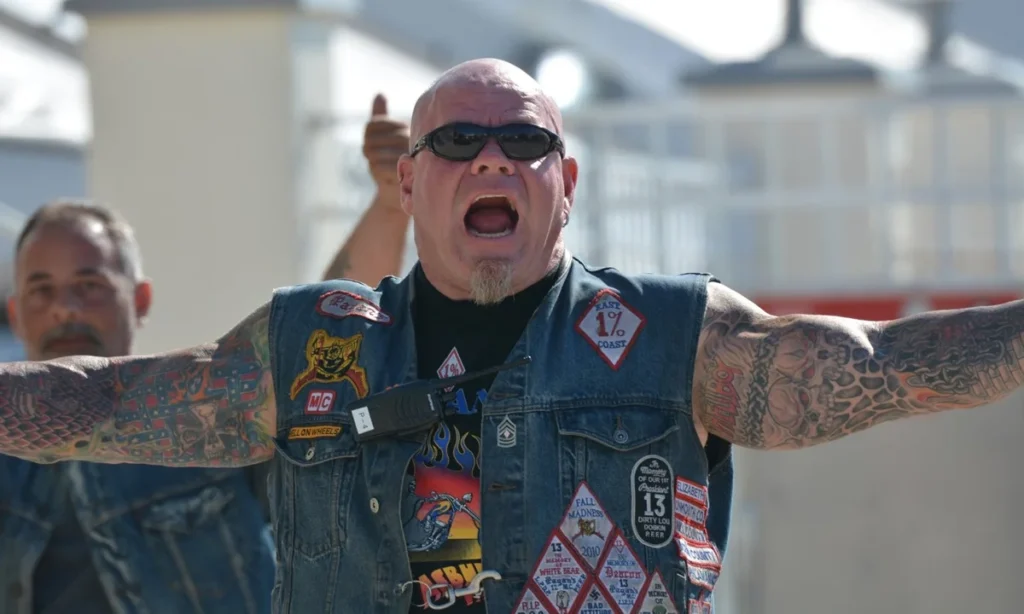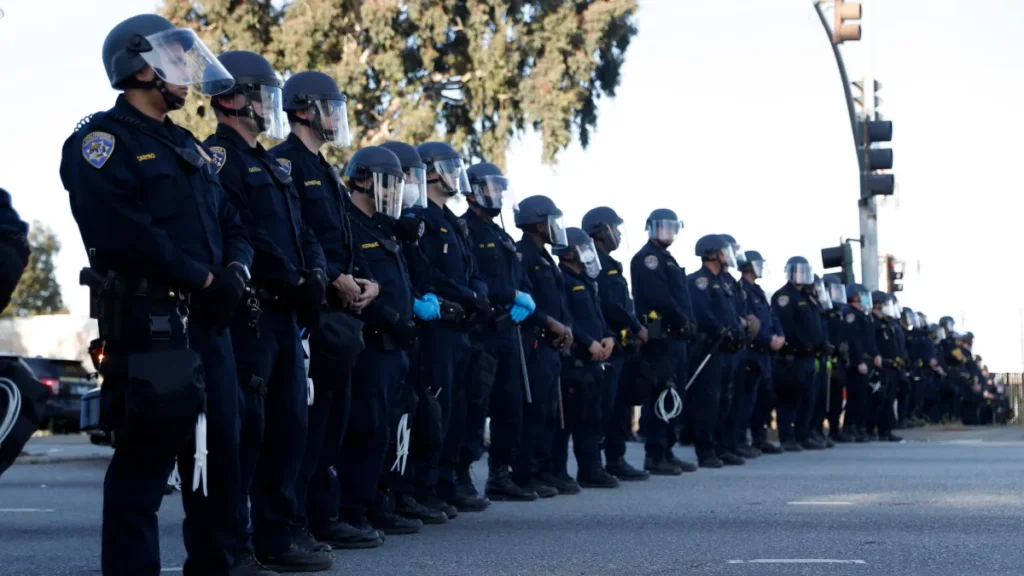Hells Angels UK: Inside the World of Britain’s Most Notorious Motorcycle Club

Hells Angels uk Motorcycle Club (HAMC) is a name that evokes intrigue, fear, and fascination in equal measure. Known globally for their distinctive “death’s head” logo, leather jackets, and rebellious ethos, the it have carved out a reputation as one of the most infamous outlaw motorcycle clubs in history. While their American roots are well-documented, the UK chapter of the it has its own unique story—a blend of brotherhood, controversy, and defiance that continues to captivate the public imagination.
This article delves into the shadowy world of the it UK, exploring their history, structure, activities, and cultural impact. From their arrival on British soil to their ongoing clashes with law enforcement, we’ll uncover what makes this enigmatic organization tick.
The History and Origins of Hells Angels UK

The Hells Angels uk Motorcycle Club was founded in California in 1948, emerging from the ashes of World War II as a collective of veterans and thrill-seekers drawn to the freedom of the open road. By the 1960s, the club had expanded beyond the United States, establishing chapters in Canada, Europe, and eventually the United Kingdom. The first UK chapter, known as the “London Charter,” was officially formed in the late 1960s, though the exact date remains a subject of debate among enthusiasts and historians.
The arrival of the it in Britain coincided with a cultural shift. The post-war era saw a rise in youth subcultures, from mods and rockers to punk movements. The it fit into this landscape as outsiders—anti-establishment figures who rejected societal norms. Early members were often depicted in media as dangerous rebels, a reputation fueled by their involvement in brawls, bike rallies, and clashes with rival gangs.
Over the decades, the it UK grew steadily, establishing chapters in cities like Manchester, Glasgow, and Bristol. Their expansion mirrored the club’s global strategy of strict territorial control and selective membership. Unlike other motorcycle clubs, the Hells Angels demanded absolute loyalty from their members, a principle that helped them maintain a cohesive identity despite their spread across the UK.
The Structure and Hierarchy Within the Club
The Hells Angels UK operates under a rigid hierarchical structure, a system designed to uphold discipline and unity. At the top of the pyramid is the “Chapter President,” who oversees all club activities and serves as the face of the group in their territory. Supporting the president are roles such as the Vice President, Secretary, Treasurer, and Sergeant-at-Arms—the latter responsible for enforcing club rules and security.
Prospective members, or “hang-arounds,” must undergo a lengthy probationary period to prove their commitment. This phase can last years and involves everything from attending meetings to participating in club events. Only after earning the trust of full-patch members can a hang-around become a “prospect,” a probationary member tasked with grunt work and errands. Full membership—symbolized by the coveted “death’s head” patch—is granted only after unanimous approval from the chapter.
The club’s bylaws, known as “The Rules,” dictate everything from dress codes to conduct. Members are forbidden from disclosing club affairs, and violations can result in expulsion or worse. This secrecy has fueled speculation about the group’s inner workings, though former members and law enforcement insiders have occasionally shed light on their operations.
Activities and Controversies: Beyond the Leather and Chrome
While the Hells Angels UK publicly frame themselves as a brotherhood of motorcycle enthusiasts, their history is marred by allegations of criminal activity. Law enforcement agencies have long accused the club of involvement in drug trafficking, arms dealing, and organized violence. In the 1980s and 1990s, high-profile clashes with rivals like the Outlaws MC and Bandidos MC made headlines, often erupting into bloody confrontations at bike rallies.
However, the club also engages in legitimate ventures. Charity rides, fundraising events, and community outreach programs are part of their public persona. For instance, the Hells Angels UK have organized toy drives for children’s hospitals and supported veterans’ charities, a nod to their roots in post-war camaraderie.
This duality—outlaw mystique versus civic-mindedness—has made the Hells Angels a paradox. Supporters argue they’re unfairly stigmatized, while critics point to convictions of members for crimes ranging from assault to murder. In 2008, a raid on a Hells Angels clubhouse in Manchester uncovered weapons and drugs, leading to multiple arrests. Such incidents reinforce the group’s controversial reputation.
Legal Battles and Law Enforcement Scrutiny

The Hells Angels UK have faced relentless scrutiny from British authorities. Police operations targeting the club have intensified over the years, with agencies like the National Crime Agency (NCA) labeling them a “significant organized crime group.” Under UK laws such as the Serious Crime Act 2015, membership in the Hells Angels can be used as evidence of criminal association.
One of the most notable cases involved a decade-long investigation into the club’s alleged drug network. In 2019, several members were convicted of smuggling cocaine and cannabis into the UK via encrypted communication channels. The trial revealed sophisticated operations, including coded language and offshore banking, underscoring the club’s adaptability in the face of law enforcement.
Despite these setbacks, the Hells Angels remain resilient. Legal experts note that prosecuting the club is challenging due to their decentralized structure and members’ willingness to take individual blame for collective actions.
Cultural Impact and Media Portrayal
The Hells Angels UK have left an indelible mark on British popular culture. From gritty documentaries to fictionalized TV dramas, the club is often portrayed as both a menace and a symbol of rebellion. The 2003 film Hells Angels: The Strange and Terrible Saga explored their rise in the UK, blending interviews with reenactments to mixed reviews.
Fashion trends inspired by the Hells Angels—think leather jackets, bandanas, and motorcycle boots—have permeated mainstream culture. High-end designers have even co-opted their aesthetic, though the club itself remains fiercely protective of its branding. In 2020, the Hells Angels sued a British clothing line for unauthorized use of their logo, a rare glimpse into their efforts to control their image.
Yet, media sensationalism often overshadows the club’s complexities. While tabloids focus on crime, deeper stories of loyalty and tradition within the Hells Angels UK are rarely told.
FAQs About Hells Angels UK
Q: Are the Hells Angels a criminal gang?
A: Law enforcement agencies classify them as an outlaw motorcycle gang (OMG) due to alleged ties to organized crime. However, the club denies this, insisting they are a legal motorcycle association.
Q: How many Hells Angels chapters exist in the UK?
A: Exact numbers are unclear, but estimates suggest around 10-15 active chapters across England, Scotland, and Wales.
Q: Can anyone join the Hells Angels UK?
A: No. Membership is invitation-only and requires passing a multi-year probation. Most applicants are rejected to preserve the club’s exclusivity.
Q: Do Hells Angels pay taxes on their income?
A: The club claims to operate legitimate businesses, such as bike repair shops and merchandise sales, which are subject to taxation.
Q: Have the Hells Angels ever cooperated with police?
A: Rarely. The club’s code of silence discourages cooperation, though individual members have occasionally negotiated plea deals.
Q: What distinguishes Hells Angels UK from other motorcycle clubs?
A: Their global network, strict hierarchy, and iconic branding set them apart. Unlike local clubs, the Hells Angels have a presence in over 50 countries.



